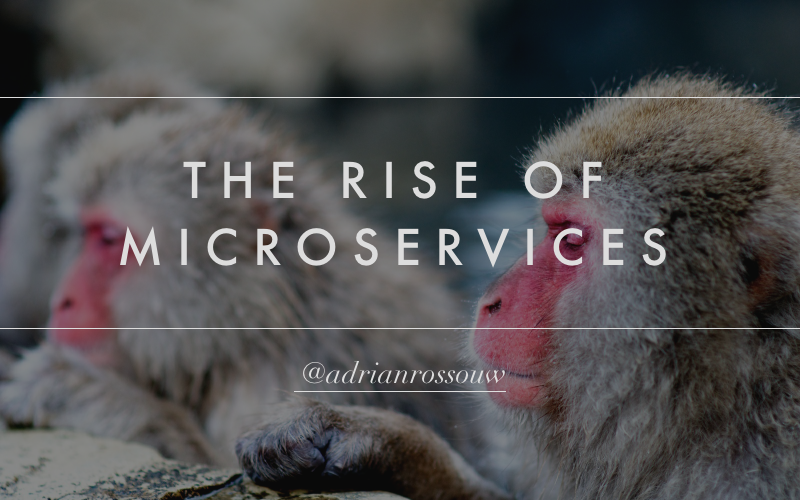The Rise of Microservices 23 January 2015
Microservices are a very old idea that have picked up a new head of steam, and they are becoming a very popular approach to building applications with node.js.
I have written about them in the past, but I have many months of experience migrating a monolithic app to a set of services now, so it was a good time to bundle everything up and share the knowledge.
Slides from this presentation: arrow keys or space navigates between slides.
Instead of building a single application, why not build many applications that communicate over standard network protocols? With each service being very small (often around 100 lines of code), they become very easy to build and compose into new systems.
While they do have a lot of promise of being much more developer friendly, flexible and scaleable, there is no such thing as a silver bullet, and every benefit comes with some drawbacks.
Originally built for the Node.js Cape Town user group, but I have presented these a couple of times since. The microservice slides, and source code are available on my github account.
Read more →